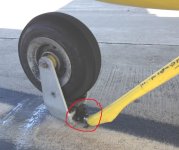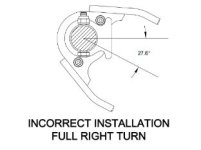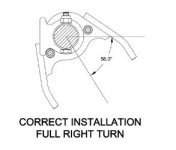The 10 uses a totally different system for the nose gear leg than the two seat models.
On the two seaters, the nose leg flexes to provide the spring action. The 10 uses a rigid leg, that pivots at the upper end, and a stack of rubber discs as a compression spring.
How about the 12? I haven't seen many reports of nose gear failure in the 12. Is its nose gear more sturdy than the other 2 seat models?







